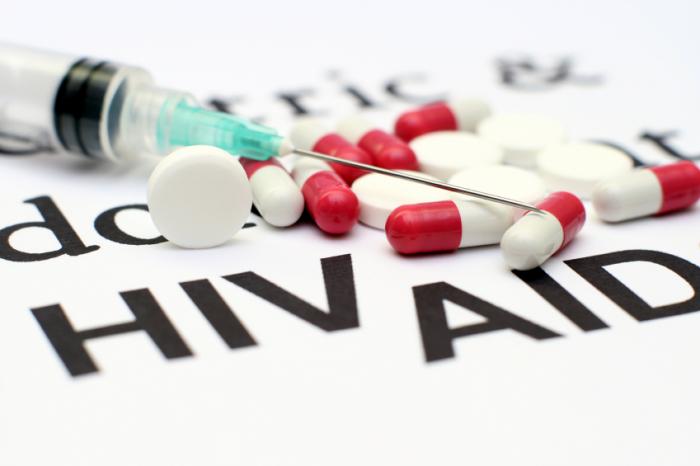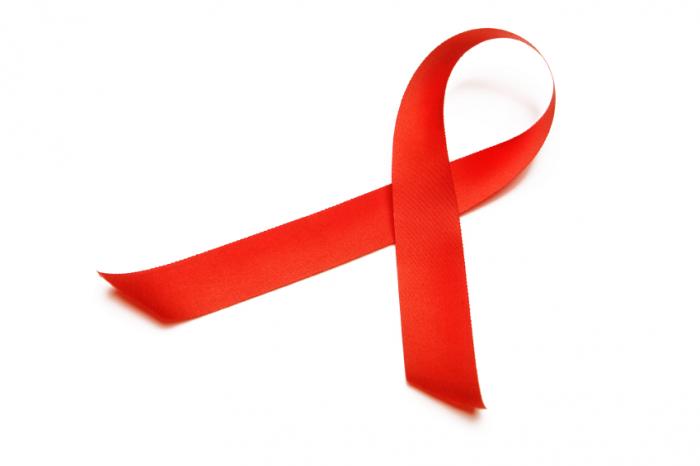How are global HIV/AIDS trends affecting US-African aid policies? – Medical News Today

An estimated 35 million people globally are living with HIV, of which 19 million are probably unaware they have the virus.
Elsewhere on Medical News Today, we report on the claim from advocacy group ONE that the AIDS pandemic is at the “beginning of the end.” ONE say that, in 2013 – for the first time in 30 years – the world has reached a tipping point in the AIDS pandemic, where more people are being treated for AIDS than are becoming newly infected.
However, the campaign group also say there is an annual shortfall of $3 billion a year needed to control the disease. The majority of funds come from just three countries – the US, the UK and France – and ONE’s report says that many African countries are reneging on their health spending promises.
A United Nations (UN) report, also released to coincide with World AIDS Day, warns that while deaths from AIDS have decreased by 35% over the past 10 years – and new infection rates have dropped 38% since 2001 – an estimated 35 million people globally are living with HIV, of which 19 million are probably unaware they have the virus.
Around 24.7 million of these infected people are located in sub-Saharan Africa – where 70% of the 2.1 million new infections in 2013 occurred. In sub-Saharan Africa, only 37% of people who are HIV positive have access to life-prolonging antiretroviral drugs, compared with 51% of people with HIV in Western and Central Europe and North America.
Prevalence of HIV in the rest of the world during 2013 is ranked as follows:
- Asia and the Pacific (4.8 million)
- Western and Central Europe and North America (2.3 million)
- Latin America (1.6 million)
- Eastern Europe and Central Asia (1.1 million)
- The Caribbean (250,000)
- Middle East and North Africa (230,000).
A key finding of the UN report is that when people learn they are HIV positive, they immediately seek treatment. Almost 90% of people who tested positive for HIV in sub-Saharan Africa immediately attempted to access antiretroviral therapies.
Of the people with HIV in sub-Saharan Africa who have received antiretroviral drugs, 76% of them are unlikely to transmit the virus to sexual partners, having achieved “viral suppression.”
The 90-90-90 initiative
On September 25th, the Joint United Nations Programme on HIV and AIDS (or UNAIDS), launched a new initiative – called “90-90-90” – to end the AIDS epidemic.
The 90s in the initiative’s title refer to UNAIDS’ global goals for 90% of all people living with HIV to know their status, 90% of those who are HIV positive to be offered treatment and 90% of those taking antiretrovirals to be virally suppressed by 2020.
Announced by US Secretary of State John Kerry and South African President Jacob Zuma at the UN General Assembly, Malawi and Mali joined South Africa as early adopters of the initiative, with organizations in Kenya pressuring President Uluru Kenyatta to also formally adopt the policy.
Maureen Milanga, from the Kenyan office of the Health Global Access Project (Health GAP), who campaign for global access to affordable AIDS medications, says in support of 90-90-90:
“Full and immediate implementation of a 90% viral suppression target in Kenya will ensure that we bring a cost-effective end to the epidemic and deliver quality care to all people living with HIV.
But we cannot get there unless my own government steps up its commitment to fully fund the fight by, for instance, demonstrating a solid commitment in launching an HIV trust fund.”
Kenya recently formally adopted World Health Organization (WHO) guidelines on AIDS/HIV. The following of these guidelines was reported to have a significant increase on the number of HIV-positive people who are eligible for treatment, as well as initiating treatment earlier. The guidelines also expanded treatment to pregnant and lactating mothers, as well as patients with tuberculosis (TB), couples where one partner is infected with HIV, and children below the age of 10.
However, Kenya is still heavily reliant on donors to fund its national HIV response, despite some increases in domestic financing for health budgets and the development of a joint HIV-TB framework.
Critics of Kenya’s Ministry of Health say that rates for HIV testing remain unacceptably low, as are rates of viral load monitoring and retention in care. Kenyan AIDS organizations say that more still needs to be done to reach stigmatized and marginalized populations if the country is to achieve a generation free of HIV.
The Same-Sex Prohibition Act
Despite positive attempts from many sub-Saharan African countries to tackle the AIDS epidemic, the region has also seen some recent regressive action that critics have claimed may set back the progress being made.
In particular, Nigerian President Dr. Goodluck Jonathan signed the Same-Sex Prohibition Act into law in 2014, which criminalizes both public same-sex relationships and public support for “gay clubs, societies and organizations, processions or meetings.”
Nigeria has the second largest HIV-positive population in the world and has received more than $1.5 billion from the Global Fund to fund 17 grants, of which eight are specifically for tackling AIDS/HIV.
The Communities Delegation to the Board of the Global Fund were moved to issue a statement condemning the Act and urging the Nigerian government to consider its implications for human rights:
“The Communities Delegation is extremely concerned of the consequences this act will have in preventing access to essential HIV services for communities of lesbian, gay, bisexual and transgender (LGBT), and undermine Nigeria’s efforts in the Comprehensive Response Plan for HIV/AIDS to address the high burden of HIV among key populations, impeding efforts and reversing the gains and progress made so far in the fight against HIV/AIDS in Nigeria.”
As well as threatening the integrity of the Global Fund’s finance programs to provide rights-based access to prevention, treatment, care and support, the Communities Delegation emphasize their concern over the threat of violence and discrimination toward at-risk groups that the Act may encourage.
The President’s Emergency Plan for Aids Relief
Although recent South African initiatives have already been welcomed as having a positive global impact on viral load testing, Health GAP recently published a report that found a shift in US health policy will disrupt access to treatment for HIV patients in South Africa.

PEPFAR is the largest program by a single nation to combat a single disease internationally, and it has given more than $3.2 billion in aid to South Africa.
The President’s Emergency Plan for Aids Relief (PEPFAR) is the largest program by a single nation to combat a single disease internationally, and it has given more than $3.2 billion in aid to South Africa.
However, a shift in PEPFAR policy has occurred with the acknowledgement by the US that South Africa has now taken greater responsibility for its own HIV response, having successfully placed 2.4 million patients on antiretroviral therapies.
As such, PEPFAR has transitioned to offering technical assistance to South Africa’s department of health, rather than directly funding treatment providers. This change in policy has meant that specialized doctors and health staff no longer have guaranteed positions, and patients treated through PEPFAR clinics must be transferred to public sector clinics instead.
The Health GAP report warns that 50,000-200,000 South African HIV patients may slip through the cracks in the treatment reshuffle. Tracking the transition in sample clinics, the report found that 19% of patients did not attend a first appointment at their public sector clinics.
World AIDS Campaign’s website quotes Rebecca Hodes, a medical historian at the University of Cape Town in South Africa, who says of the report:
“There’s an assumption that people love being retained in care, but people are actually desperate to get away from the health sector. They find it alienating and authoritarian. It’s astronomical what we expect from people, and then we’re amazed that people fall out of care.”
Kenya, too, is worried by the withdrawal of PEPFAR’s previously renowned and high-quality health care services. “Development partners like PEPFAR cannot afford to abandon us now,” says Maureen Milanga. “PEPFAR’s flat-lining of funding in Kenya threatens achievement of the great progress achieved in the fight against HIV in Kenya.”
World Aids Day 2014, therefore, brings a mixed bag of optimism and caution as to the current global state of AIDS-related affairs. The transitioning from aid models directly funded by the US in sub-Saharan nations to technical support may be controversial, but experts are divided on whether losing patients is inevitable and indicative of the more general problematic relationship patients have with treatment and their condition, or if patients are being genuinely failed by the health system.
The news released today that we have passed a historically significant tipping point in the AIDS pandemic may mean that the role of North American and European states in empowering sub-Saharan African countries to implement their own effective HIV response programs is subject to revision in the coming months and years. What this means for the patients of these countries in the long term, however, remains uncertain.
Written by David McNamee


